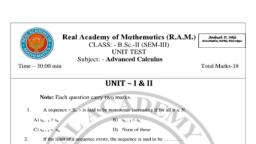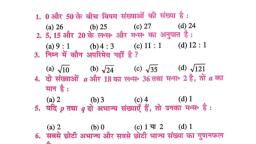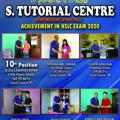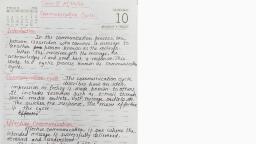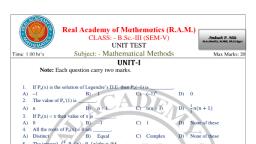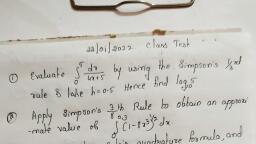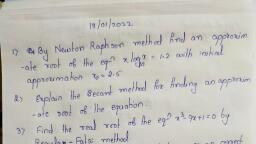Question 2 :
What is the power of a concave lens of focal length50 cm?
Question 3 :
A converging lens has a focal length of $50 cm$. The power of the lens is
Question 4 :
A spherical mirror and a thin spherical lens have each a focal length of $-15$ cm. The mirror and lens are likely to be :<br/>
Question 6 :
The focal length of convex lens is 30 cm and the size of image is quarter of the object, then the object distance is:-
Question 8 :
The focal length of a combination of lenses formed with lenses having powers of $+2.50\ D$ and $-3.75\ D$ will be
Question 9 :
A ray of light passes through a glass slab. and the angle of emergence is found smaller than the angle of incidence. So, we may conclude that the glass slab
Question 11 :
Two lenses whose powers are $4D$ and $-2D$ are kept in contact. The power of the compound lens is:
Question 12 :
A ray of light in a liquid of refractive index 1.4, approaches the boundary surface between the liquid and air at an angle of incidence whose sine is 0.8. Which of the following statements is correct about the behaviour of the light
Question 14 :
A beam of monochromatic blue light of wavelength $4200\mathring { A } $ in air travels in water of refractive index ${ 4 }/{ 3 }$. Its wavelength in water will be
Question 15 :
Which of the lenses with focal length 10 cm, 20 cm, 25 cm and 50 cm has maximum power?
Question 16 :
In the table below, column I lists various mirrors  and lenses and column II their uses, qualities or properties.<br/><table class="wysiwyg-table"><tbody><tr><td>column  I</td><td>Column II</td></tr><tr><td>I. Plane mirror</td><td>A. Feels thinner in the middle.</td></tr><tr><td>II. Concave mirror</td><td>B. Always forms virtual image.</td></tr><tr><td>III. Convex mirror</td><td>C. Always forms virtual image of smaller size.</td></tr><tr><td>IV. Concave lens </td><td>D. Is used by dentists to examine teeth.</td></tr><tr><td>V. Convex lens</td><td>E. Can be used as reading glass.<br/></td></tr></tbody></table>The correct matching is:
Question 17 :
The distance between an object and its doubly magnified image by a concave mirror is: [ Assume $f$ = focal length]
Question 18 :
Let the x-z plane be the boundary between two transparent media. Medium $1$ in $z\ge 0$ has a refractive index of $\sqrt { 2 } $ and medium $2$ with $z< 0$ has refractive index of $\sqrt { 3 } $. A ray of light in medium $1$ given by the vector $\vec { A } =6\sqrt { 3 } \hat { i } +8\sqrt { 3 } \hat { j } -10\hat { k } $ is incident on the plane of separation. The angle of refraction in medium $2$ is:
Question 19 :
A $4.5 cm$ needle is placed $12 cm$ away from a convex mirror of focal length $15 cm$. Find the location of the image and the magnification.
Question 20 :
A short linear object of length $b$ lies along the axis of a concave mirror of focal length $f$ at a distance $u$ from the pole of the mirror. The size of the image is approximately equal to:<br/>
